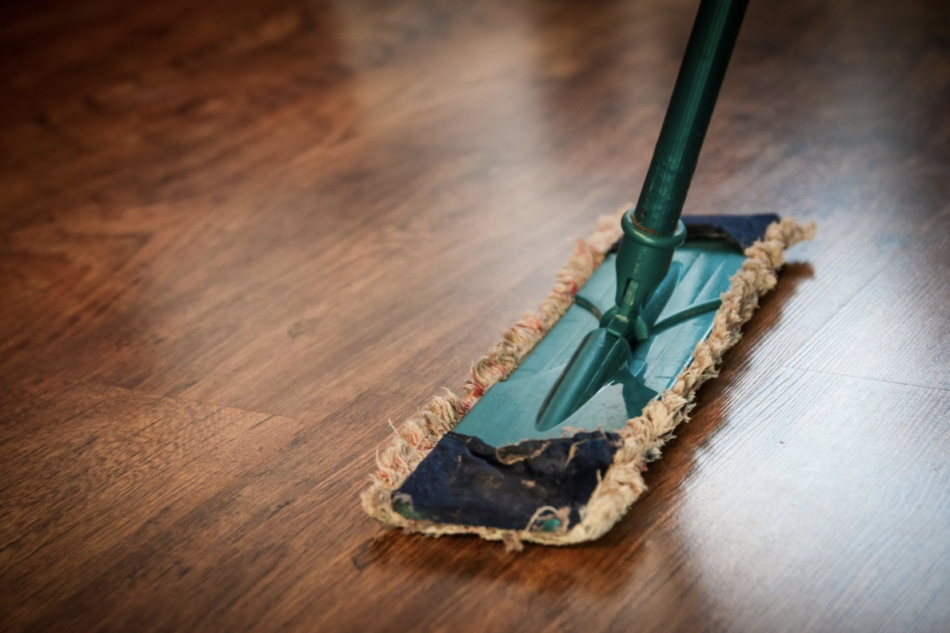It’s easy to neglect our home maintenance when everything is running smoothly. But what happens when something breaks or goes wrong? That’s when we wish we had taken the time to conduct simple routine maintenance tasks. In this blog post, we will discuss four simple home maintenance tips that will help keep your home running smoothly!
Start with a property inspection.
Once a year, preferably in the springtime, walk around your property and take note of any repair or maintenance issues. This can be anything from a cracked sidewalk to a loose shingle on the roof. If you have a rental property, this is also an excellent time to inspect the condition of the unit and make sure everything is up to code.
If you’re unsure how to conduct a property inspection, there are plenty of resources online, or you can hire a professional inspector. Once you have a list of repairs or maintenance tasks that need to be completed, prioritize them by urgency and create a plan for tackling them.
One aspect of home maintenance that can easily go unnoticed is siding repair. The siding of a home acts as its protective skin, shielding it from external elements like rain, wind, and sun. Over time, however, siding can become damaged due to severe weather, pests, or even natural wear and tear.
When you do your bi-annual property inspection, make sure to pay close attention to the siding. Look for any cracks, discoloration, or signs of water damage. Ignoring minor damages can lead to bigger problems in the future, like mold growth or structural issues.
When you spot potential problems, act swiftly. Repairing or replacing damaged siding not only ensures the longevity of your home but also maintains its curb appeal.
Some repairs may be able to wait a while, but others (like fixing that loose shingle) should be addressed as soon as possible. By taking care of repairs and maintenance issues right away, you can prevent further damage to your property.
Clear your home’s gutters and downspouts.
Keeping your home’s gutters and downspouts clean is essential so water can flow freely. Leaves, twigs, and other debris can easily build up in these areas, causing clogs. When water is unable to flow correctly, it can lead to leaks or even flooding. Clear your gutters and downspouts at least once a year to avoid any issues. You may need to do this more often if you live in an area with many trees. If you’re not comfortable doing this yourself, you can hire a professional to do it for you.
Don’t forget about pest control.
Pests can be a nuisance and cause severe damage to your home. Be sure to keep an eye out for signs of pests, such as droppings or chewing marks, and call a professional pest control service if you suspect you have an infestation. It’s also essential to take measures to prevent pests from entering your home in the first place. For example, seal any cracks or holes in your exterior walls and install screens on your windows and doors. You should also regularly inspect your home for food sources that might attract pests, such as crumbs on the floor or dirty dishes in the sink.
Inspect your home’s HVAC system.
Your home’s heating, ventilation, and air conditioning (HVAC) system are responsible for keeping the indoor temperature comfortable all year long. To ensure it’s running efficiently, inspect it regularly and have a professional tune-up at least once a year. This will help prolong the life of your HVAC system and keep your energy bills down.
If you have a forced-air heating system, check the air filter monthly and replace it as needed. A clogged air filter makes your HVAC system work harder, which uses more energy and can lead to costly repairs.
These simple tips will help ensure your home runs smoothly and efficiently. By taking the time to conduct regular maintenance, you can avoid costly repairs down the road and enjoy a comfortable home for years to come.

